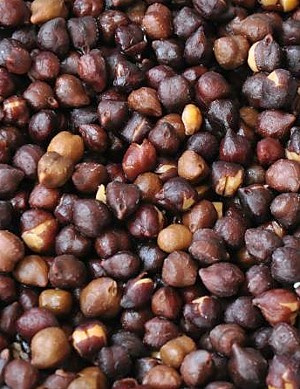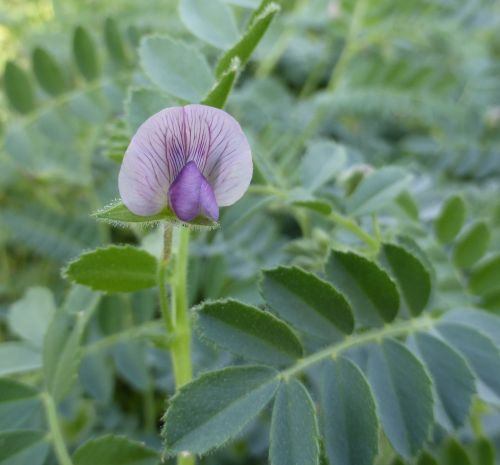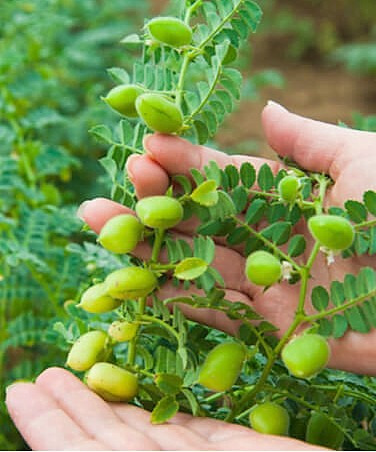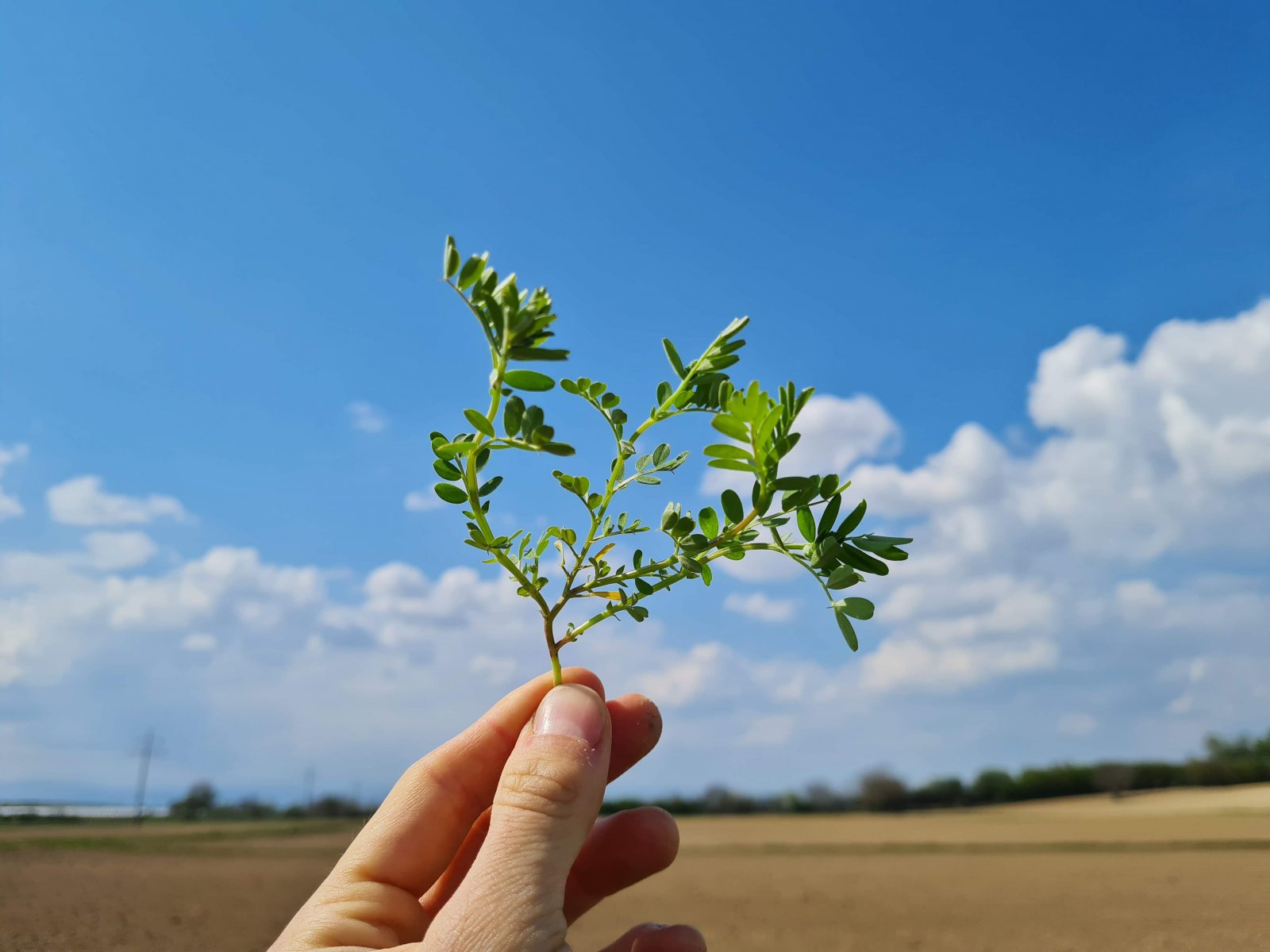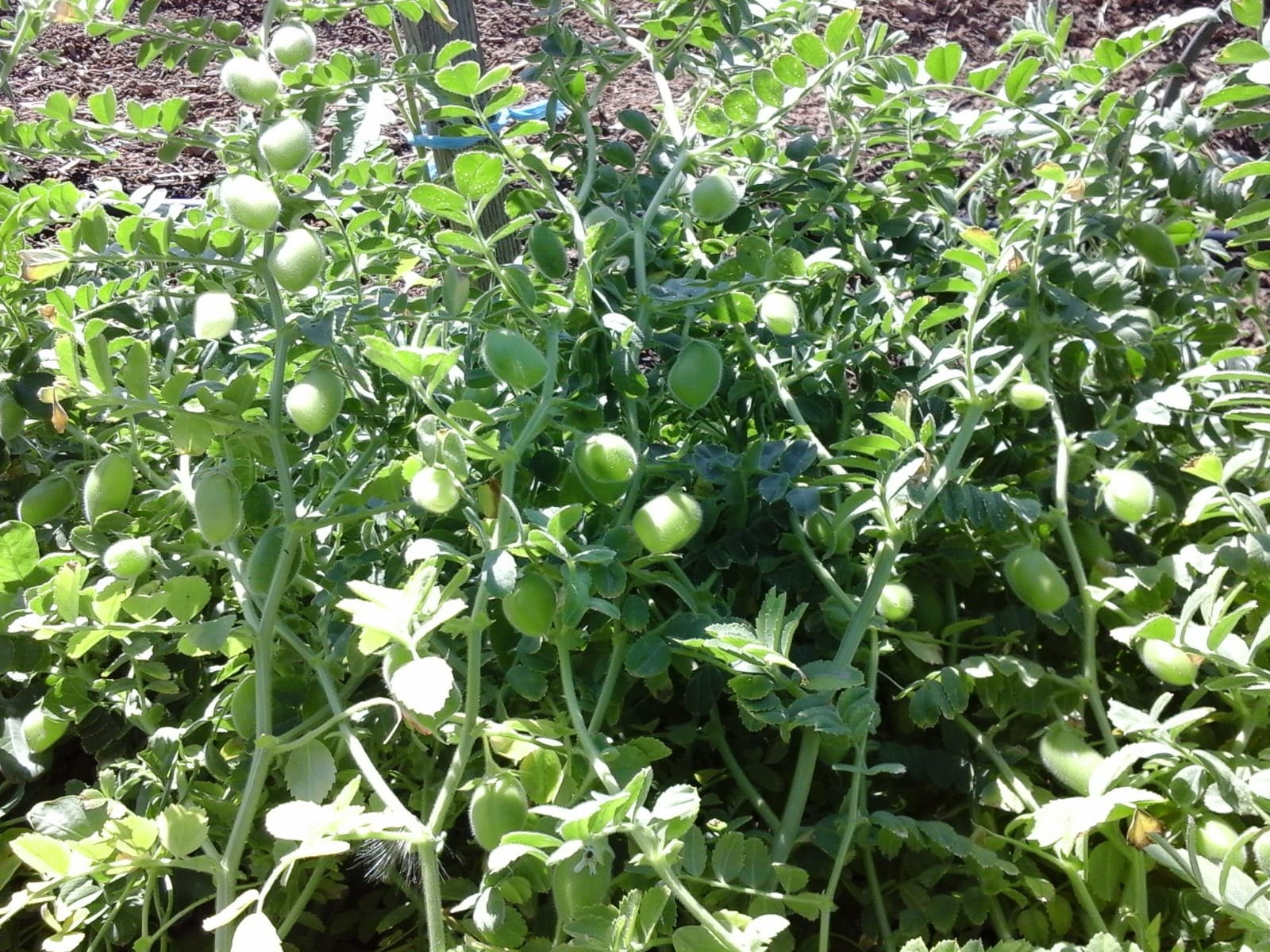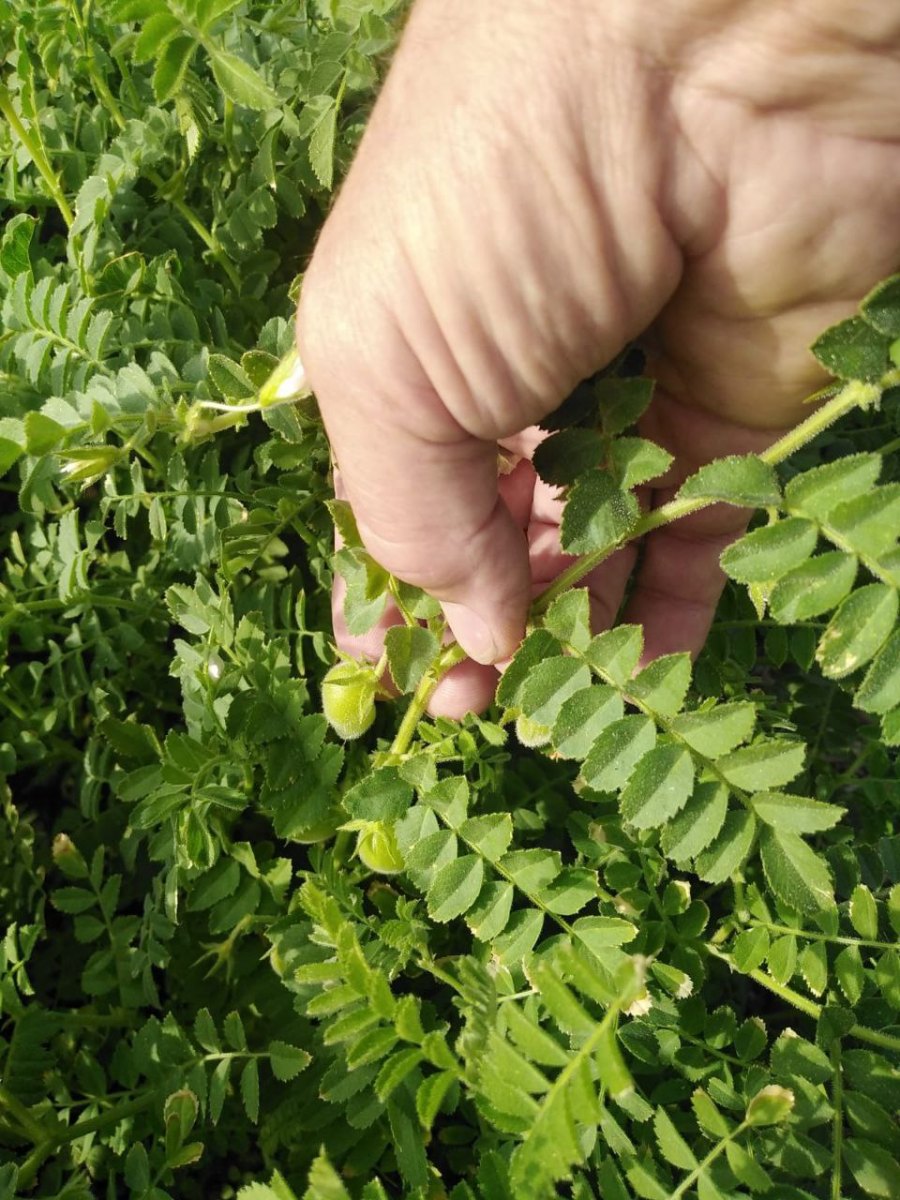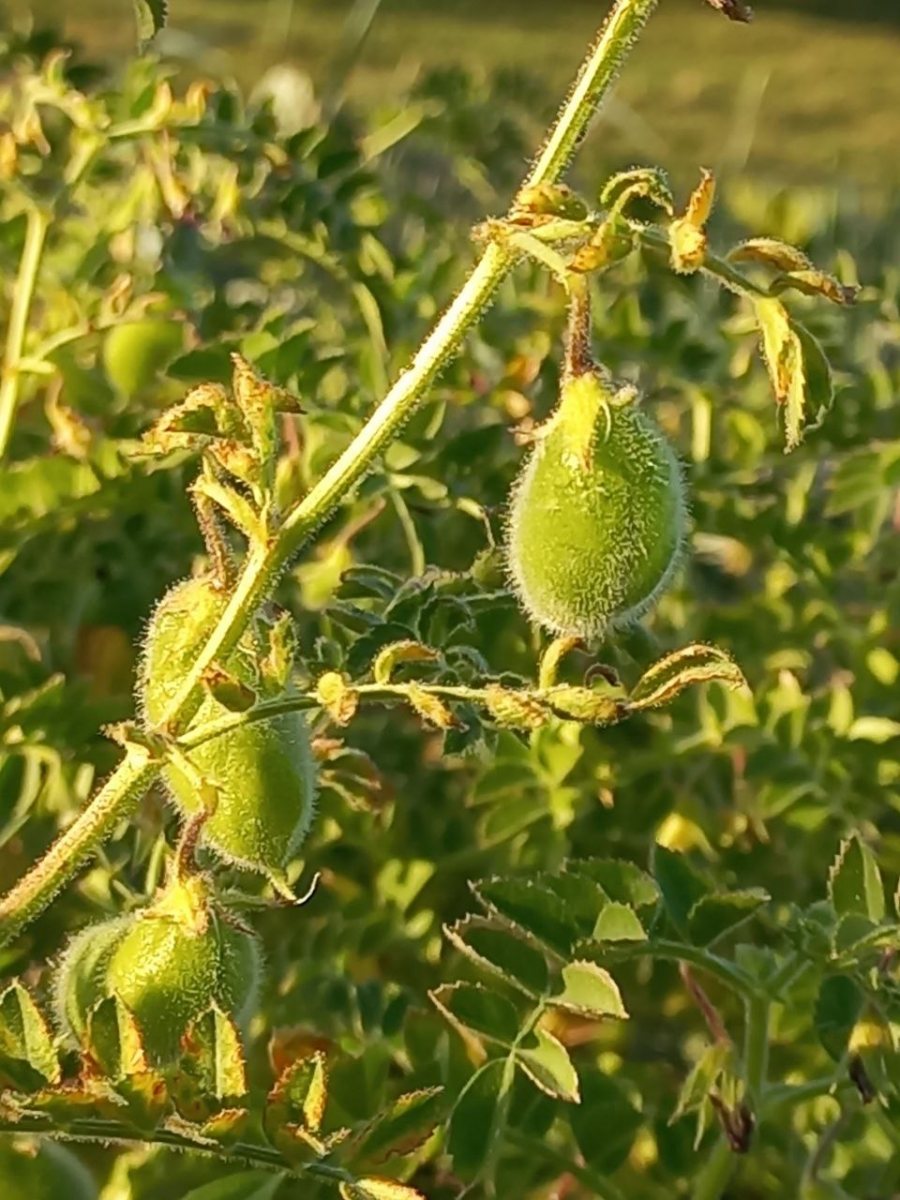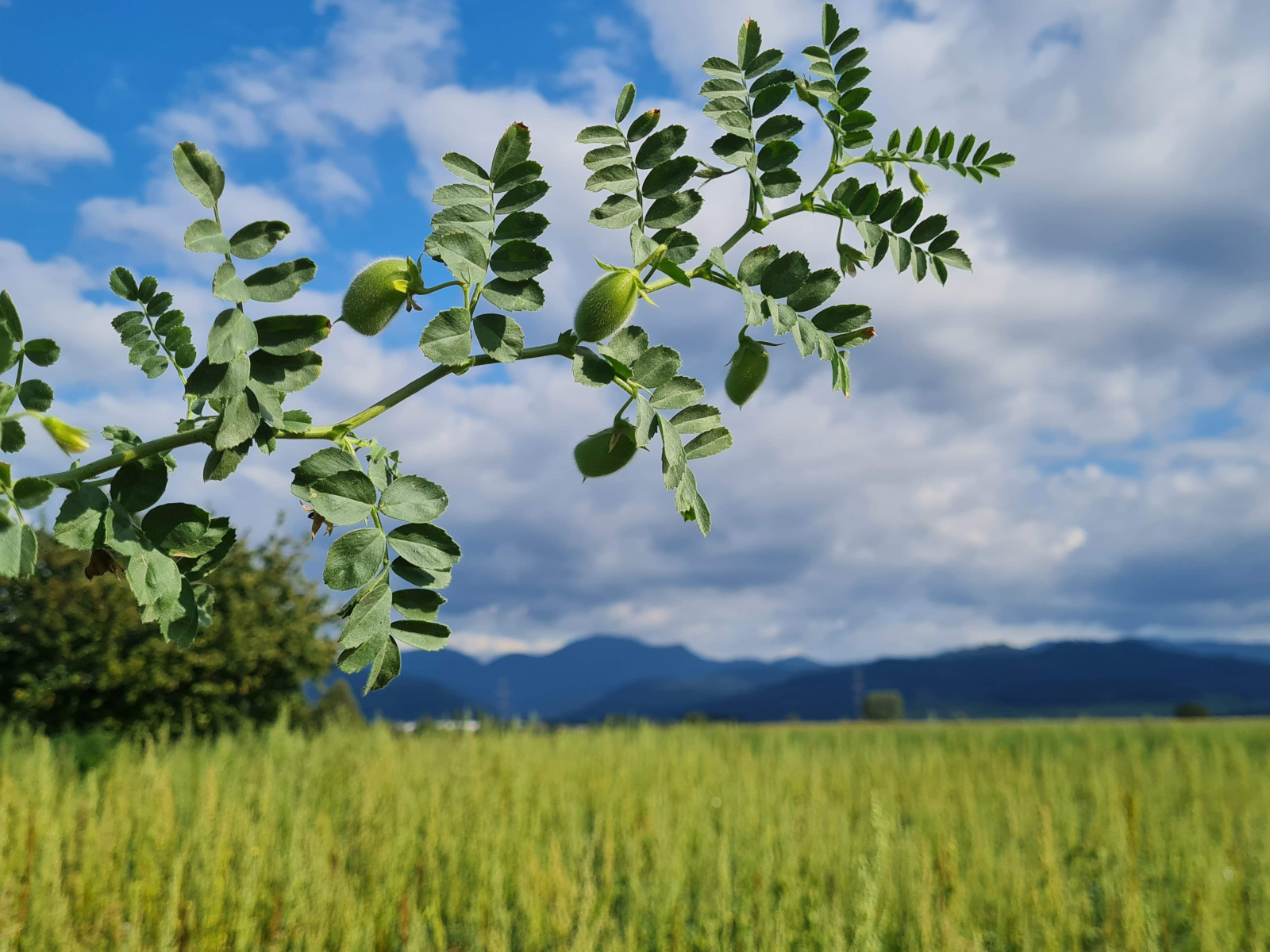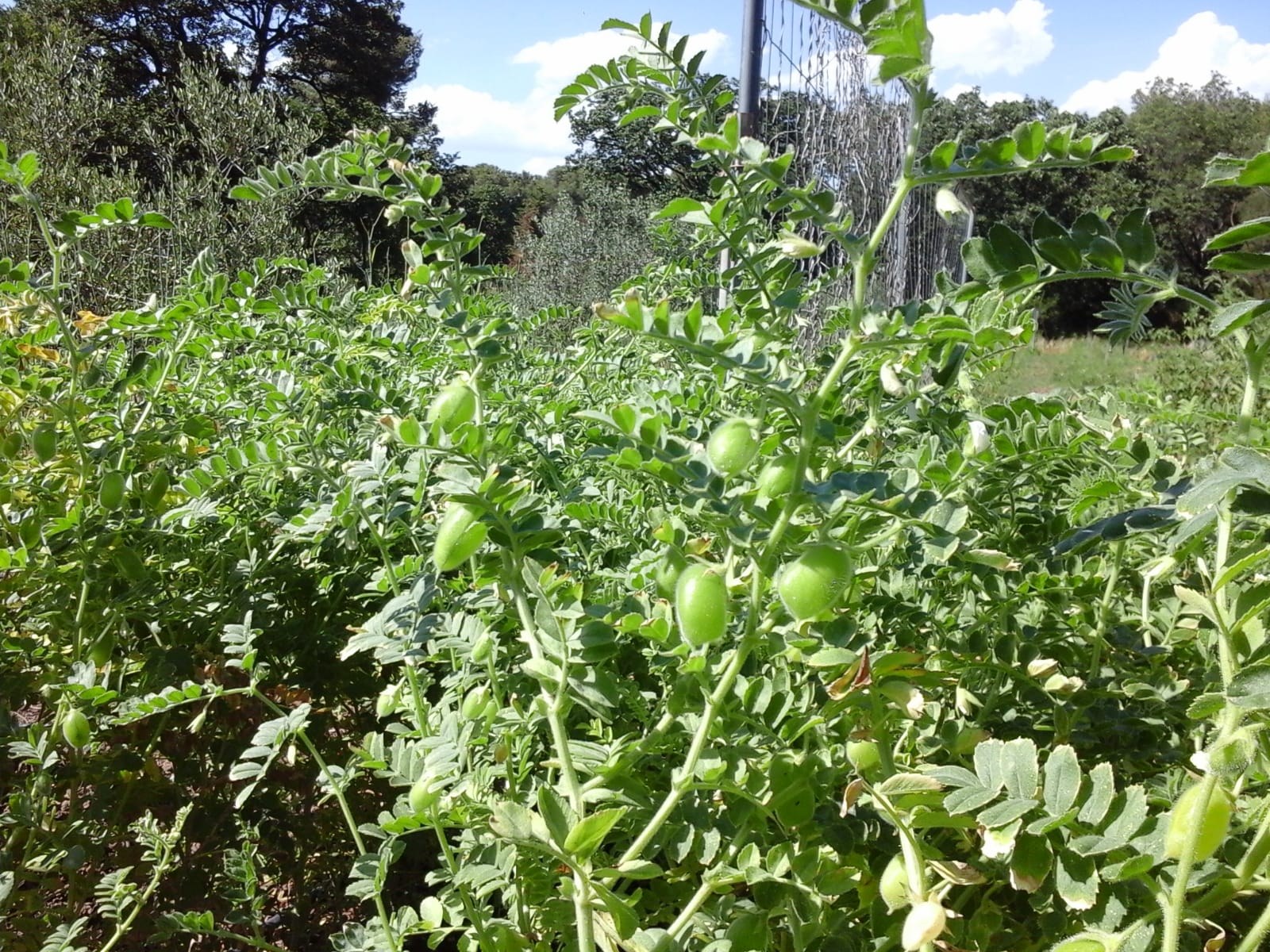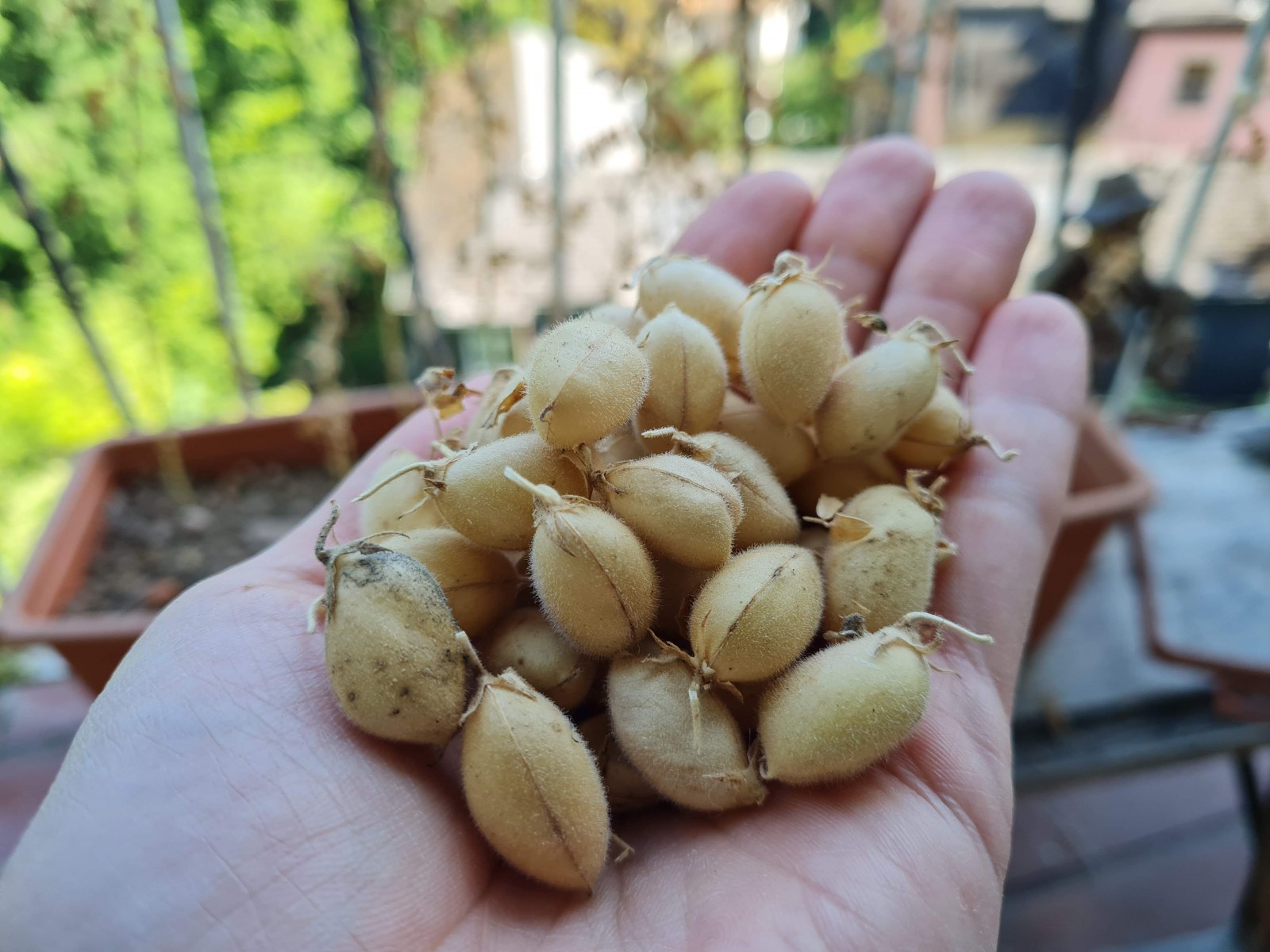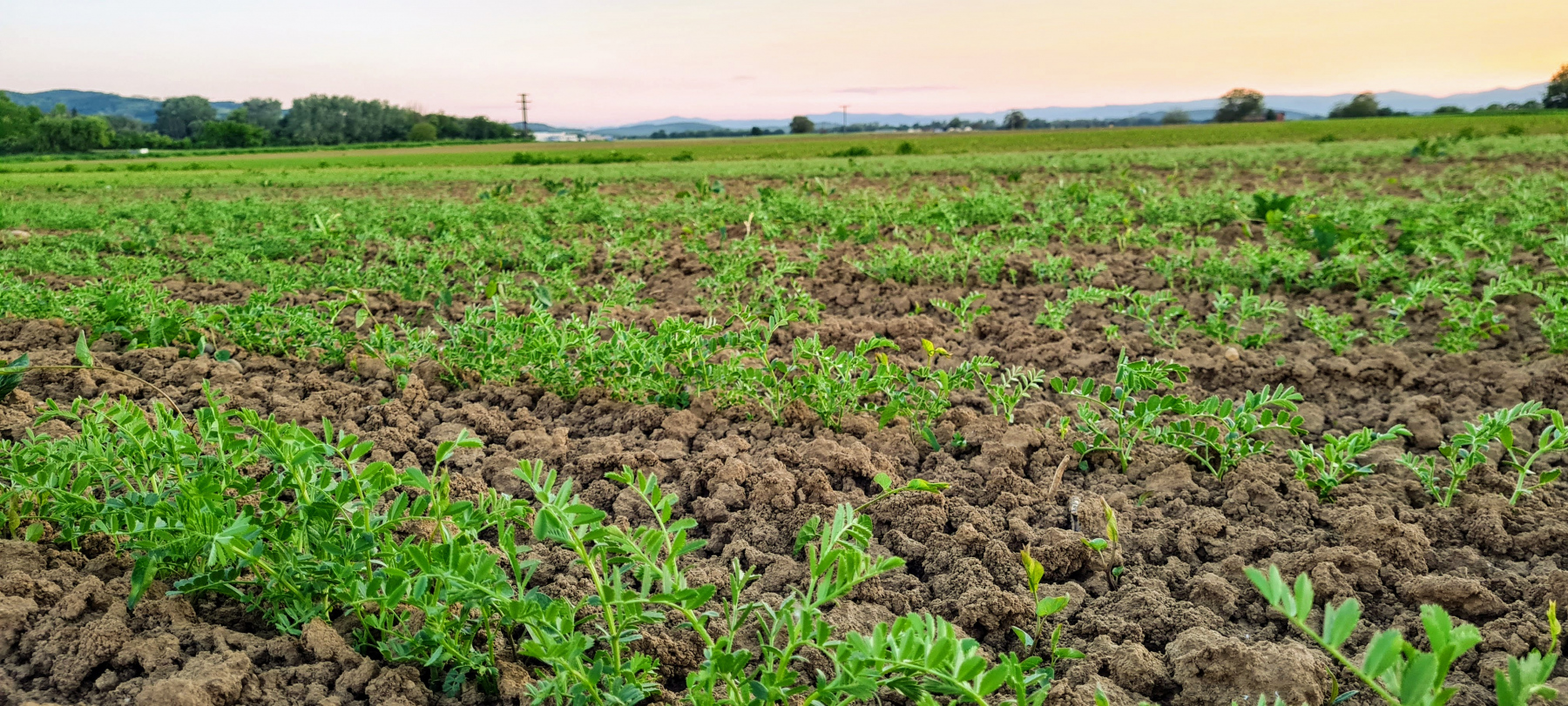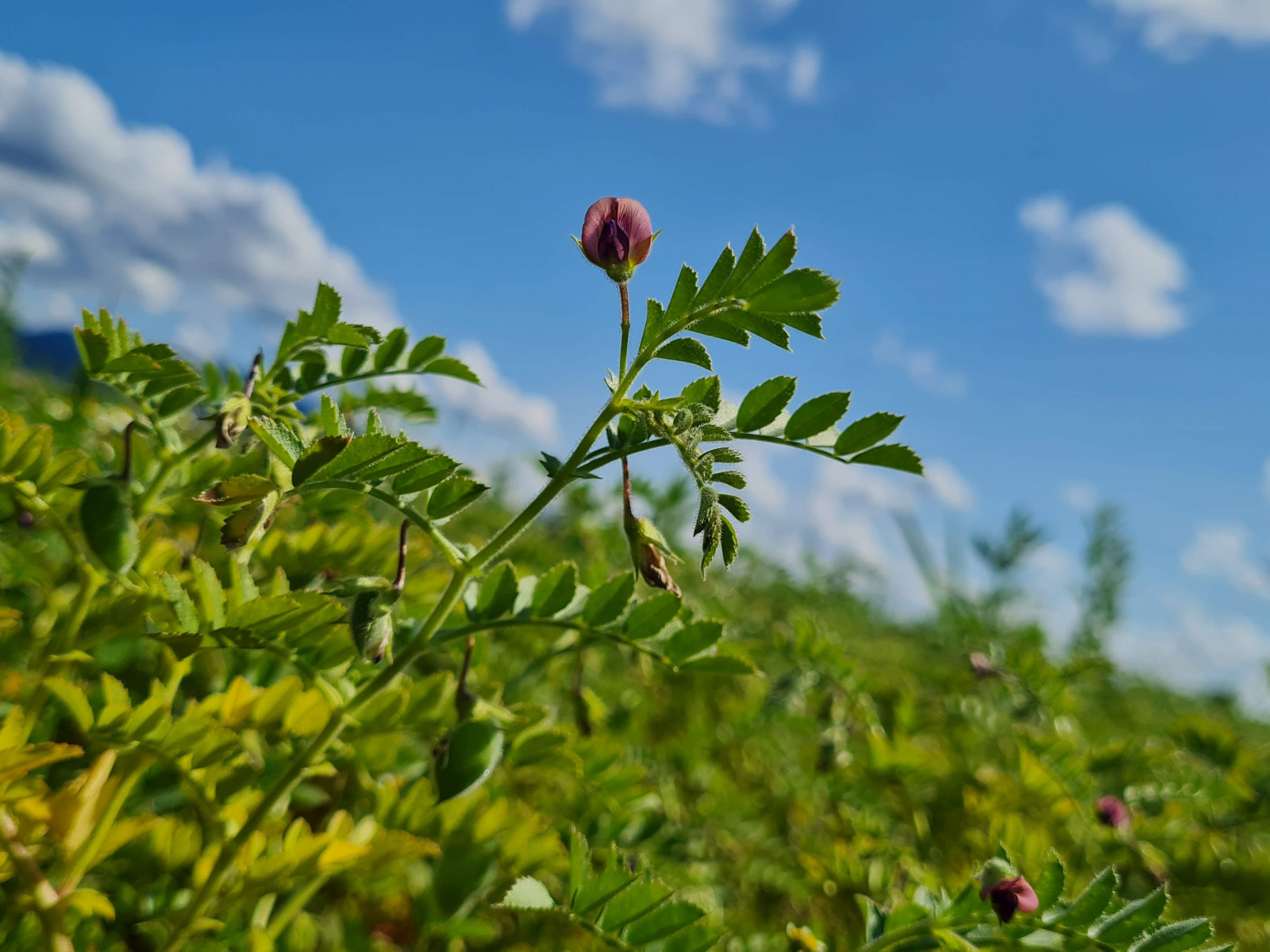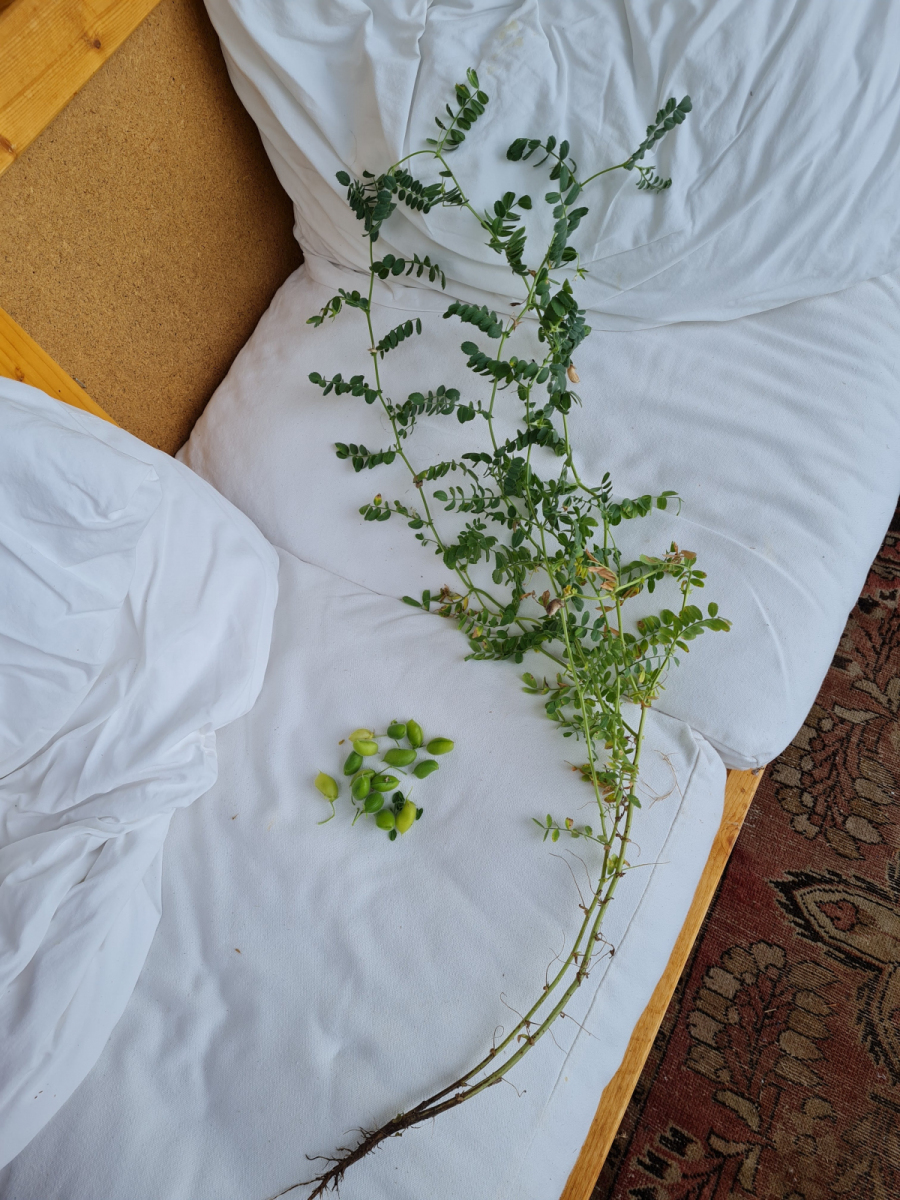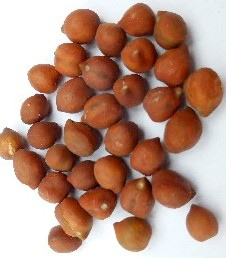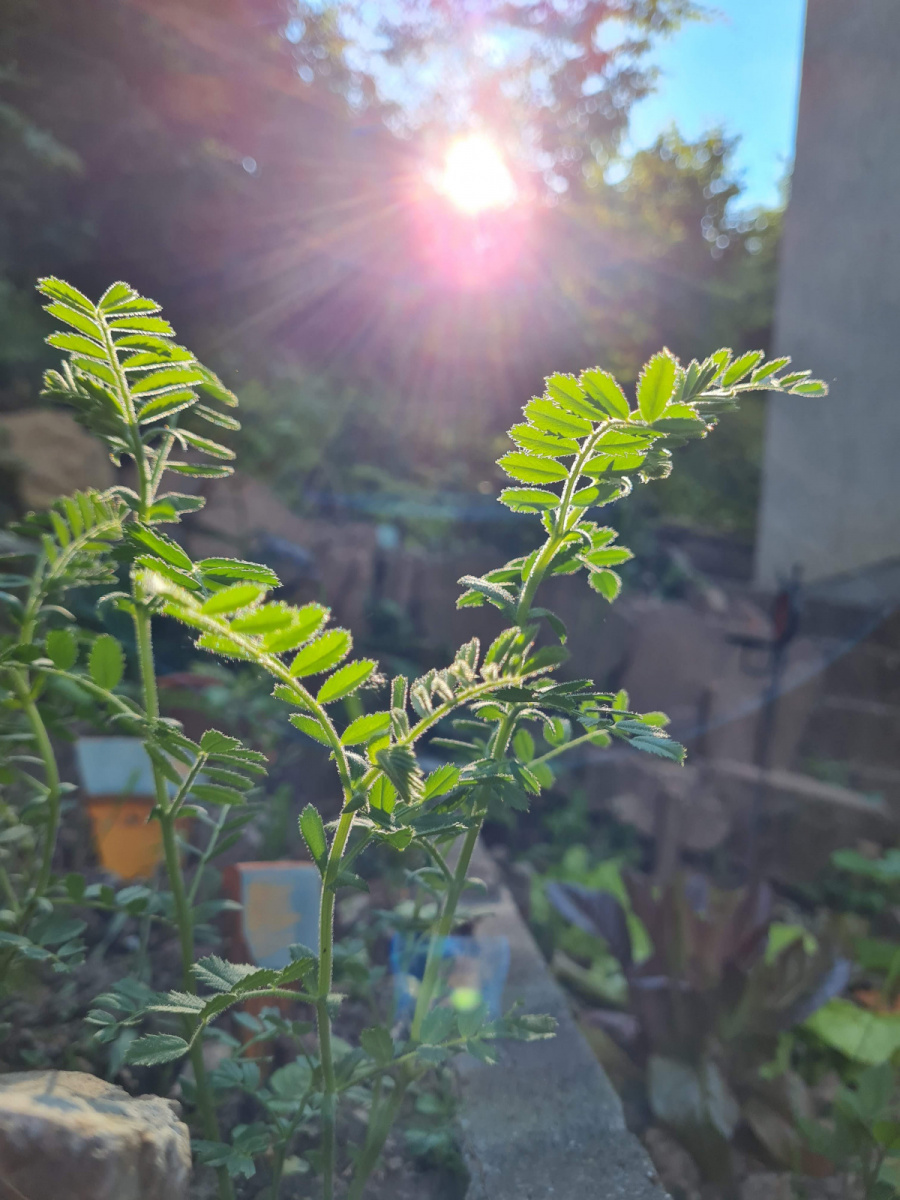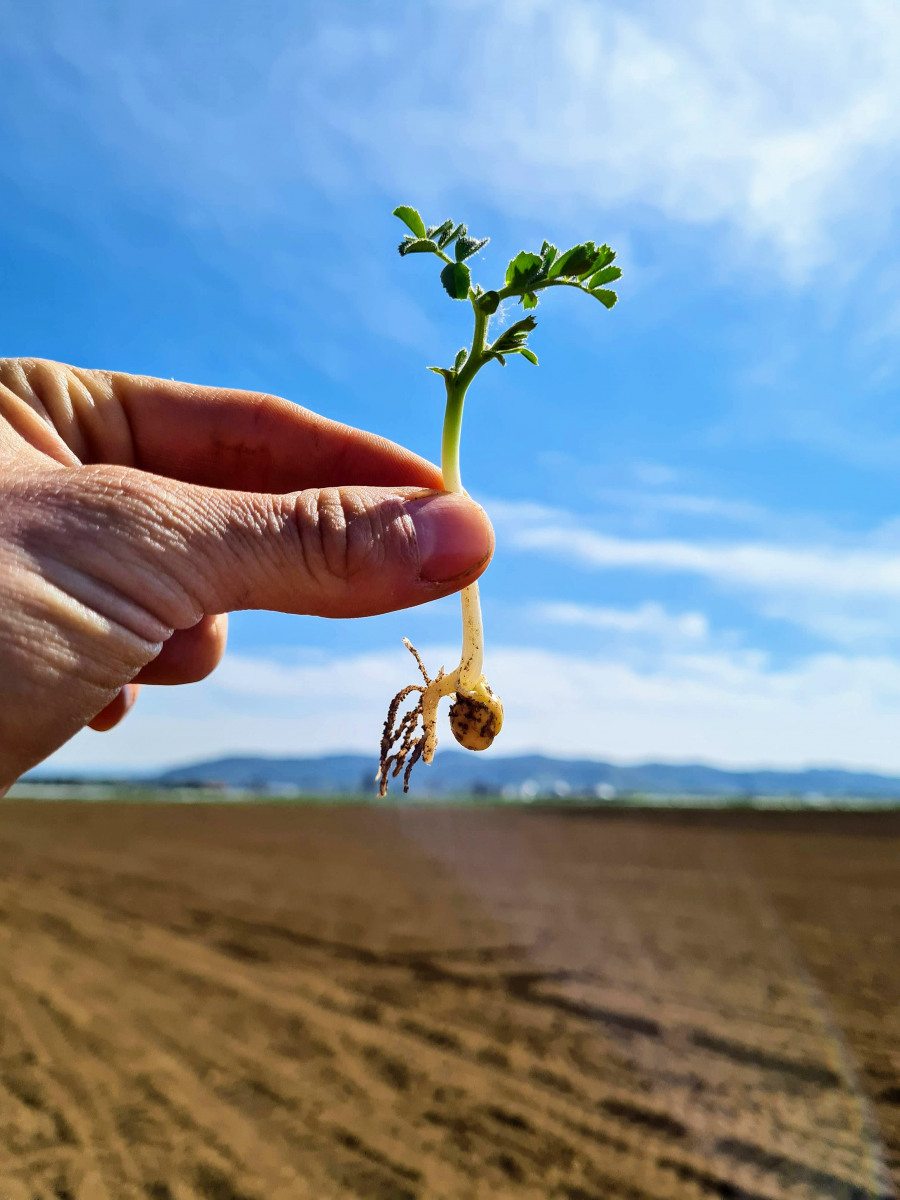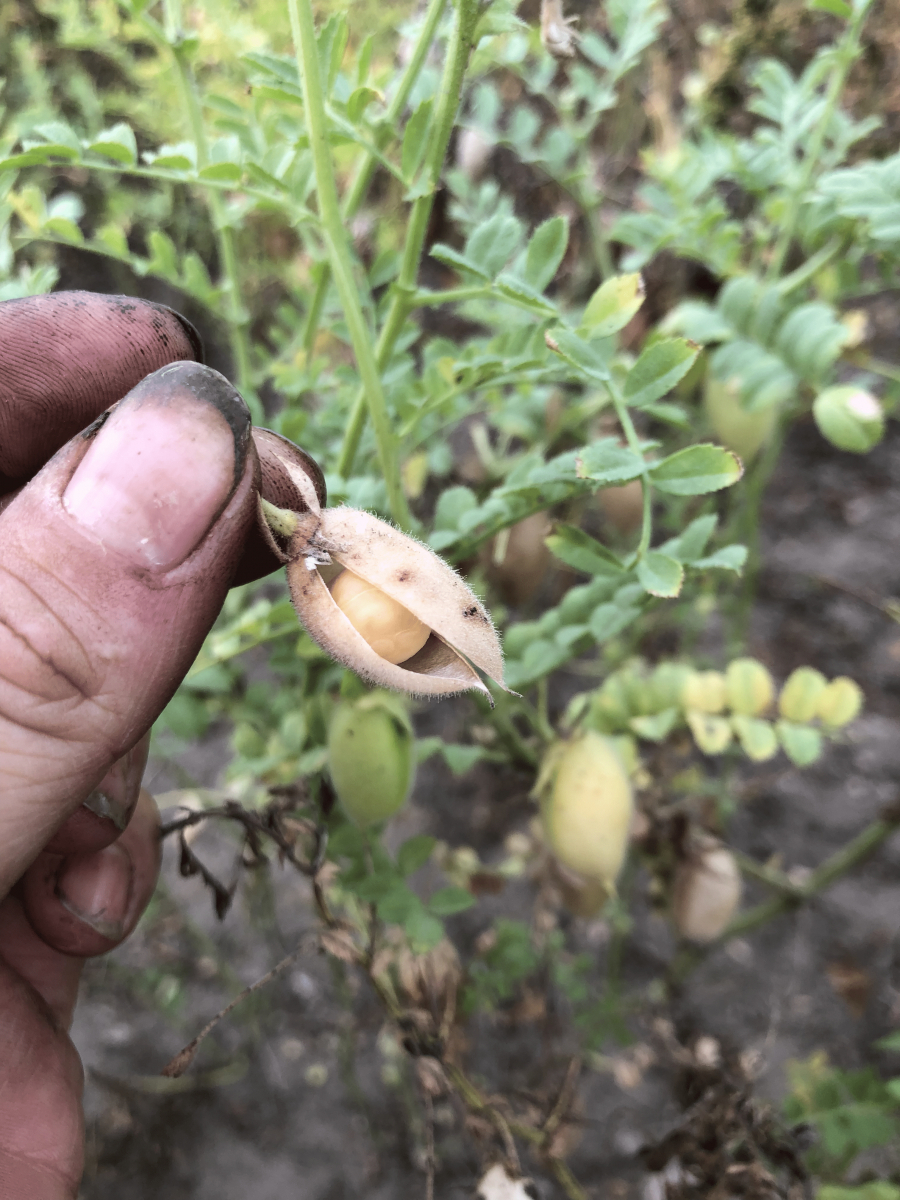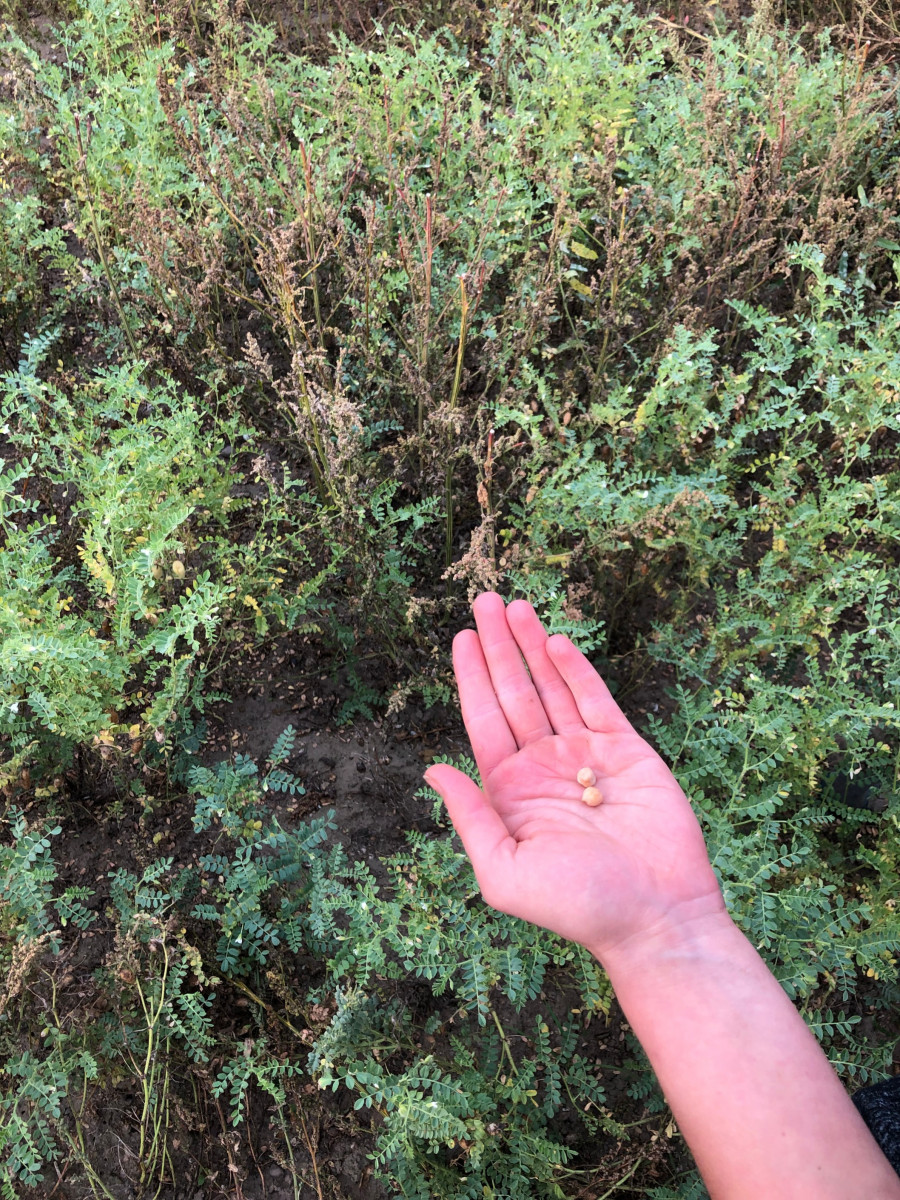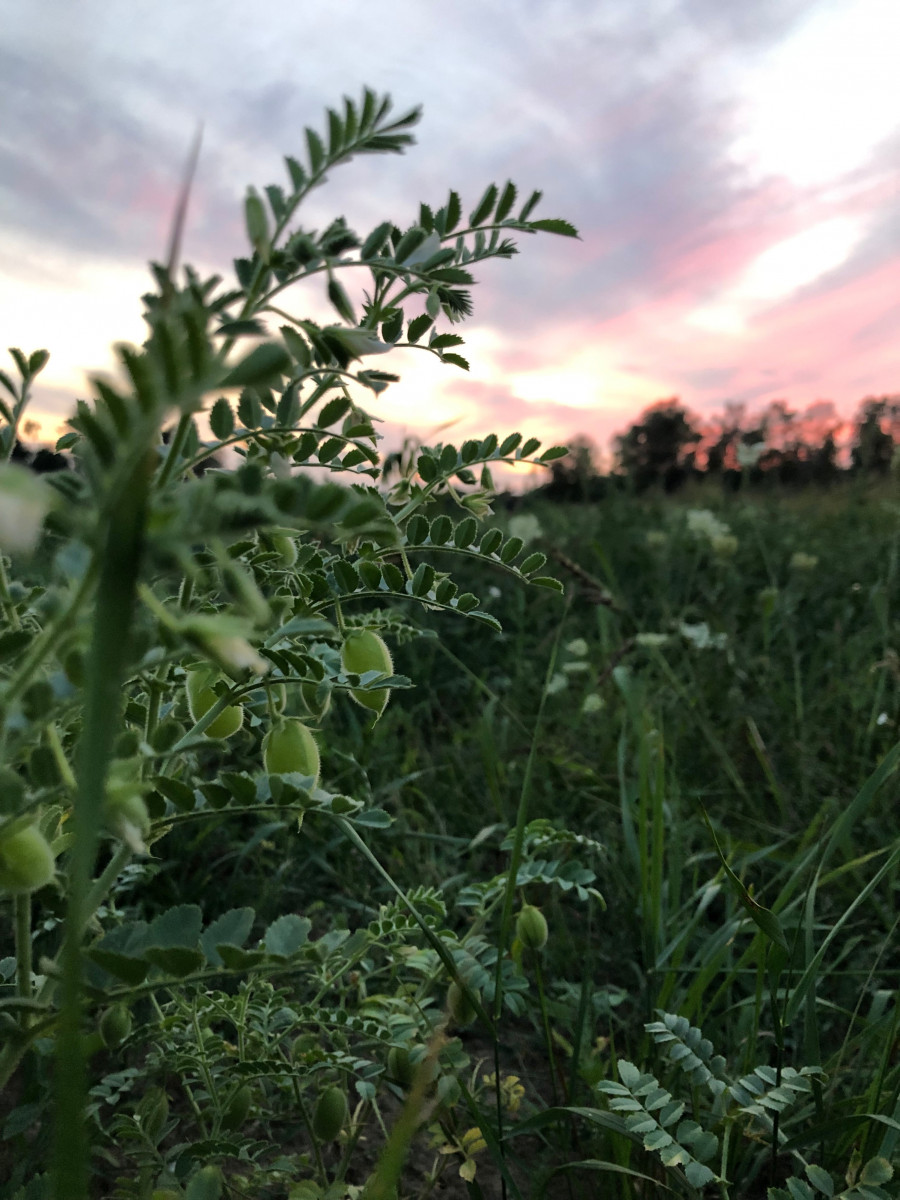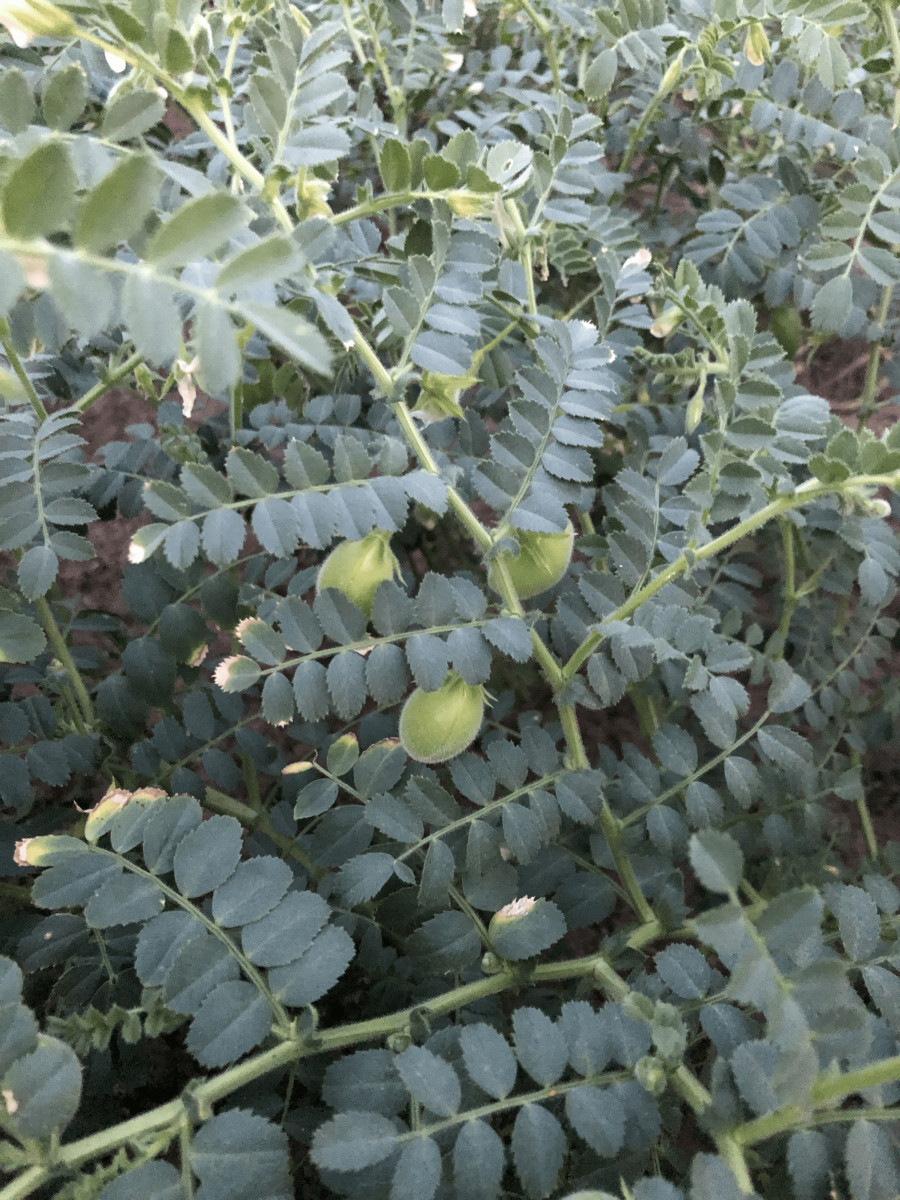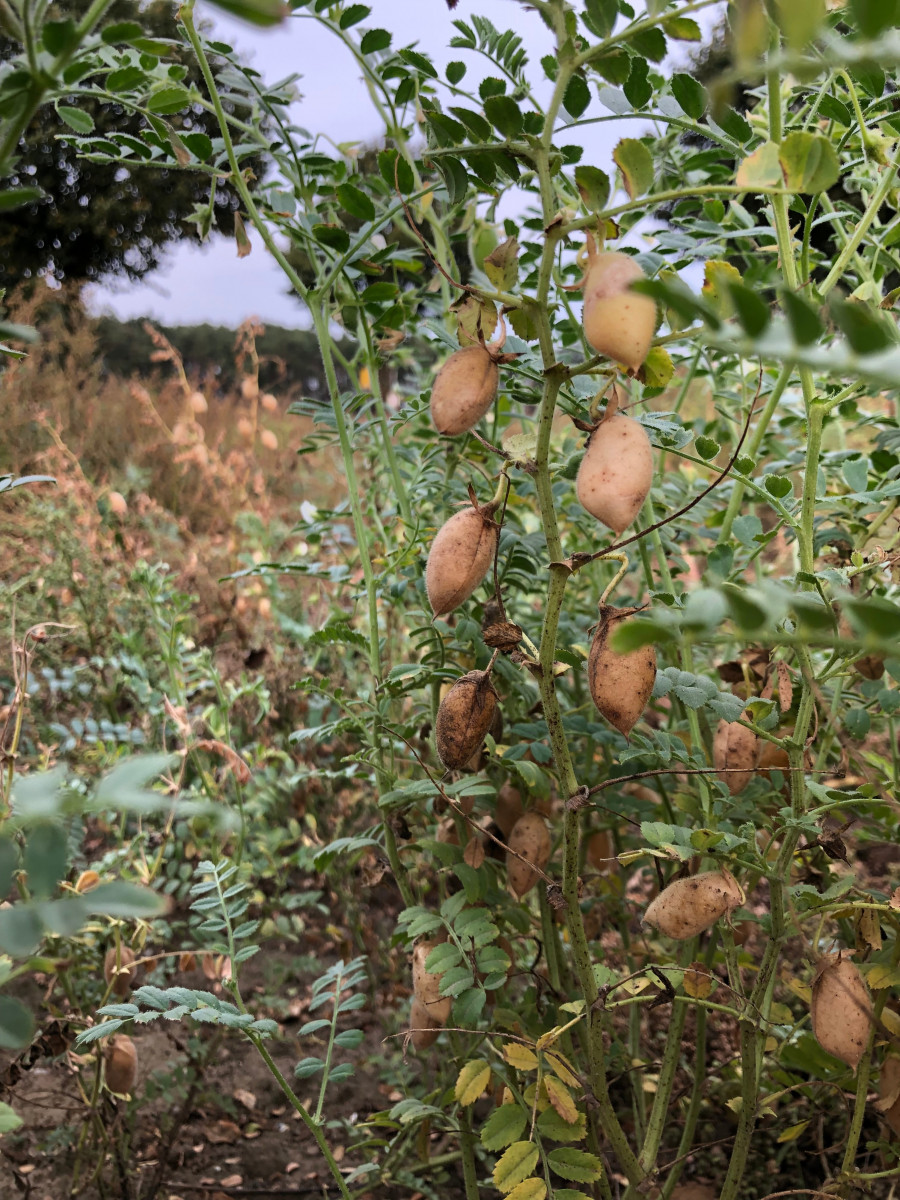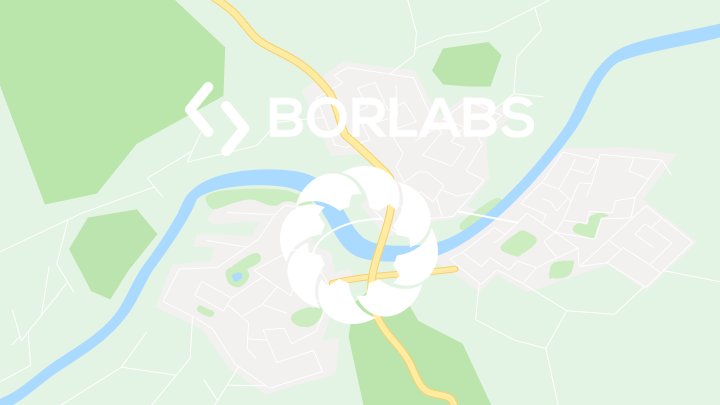© Nihad Mameledzija
The poljak bean (Lathyrus sativus), or grah poljak, was well known in the area of Trebinje and was an important staple for centuries. It was once considered the “meat of the poor.” The beans have an irregular shape, resembling crushed pebbles, and come in a variety of colors. This bean was traditionally cultivated in Popovo Polje, near the Adriatic coast, for its extremely short vegetation period and ability to grow in poor soil.
Ingredients
for 4 servings
Patties
- 500 g Poljak beans (Ark of taste variety from Bosnia-Herzegovina, you can instead use Cicerchia in Italy, dried peas or big brown lentil varieties)
- 200 g chickpea flour
- 100 g onion
- 20 g garlic
- 100 g celery
- olive oil
- salt, pepper
Buns
- 200 g flour type00 (flour traditionally used for pizza baking, the closest equivalent would be type405 in Germany or type55 in France)
- lentil flour
- milk
- fresh yeast
- salt, sugar
- butter
- 2 eggs
Additional ingredients
- 100 g fresh tomatoes
- lettuce
- rucola
- 3 eggs
- 1 lemon
- a little mustard
Instructions
For the patties
- One day before cooking, soak the beans in water for a few hours, preferably overnight.
- Grind the beans and add chickpea flour and stewed vegetables – the flour binds the burger with its fibers, and it takes the moisture from the Burger so that they bake easily and do not fall apart.
- Season with salt and pepper.
- Make patties and grill them on a grill or in a pan.
For the buns
- One day before: Mix the flour 00 with the lentil flour.
- Add salt, milk, sugar, and yeast.
- Knead the dough and then continue mixing and adding the fat (butter).
- Let it rise for 24 hours in the fridge.
- After that, boil smaller balls of 100 g and let them rise at room temperature for 2 hours.
- Brush with beaten egg and bake for 10 minutes at 200 °C
Discover the video: https://www.globalbean.eu/events/gives-peas-a-chance/



